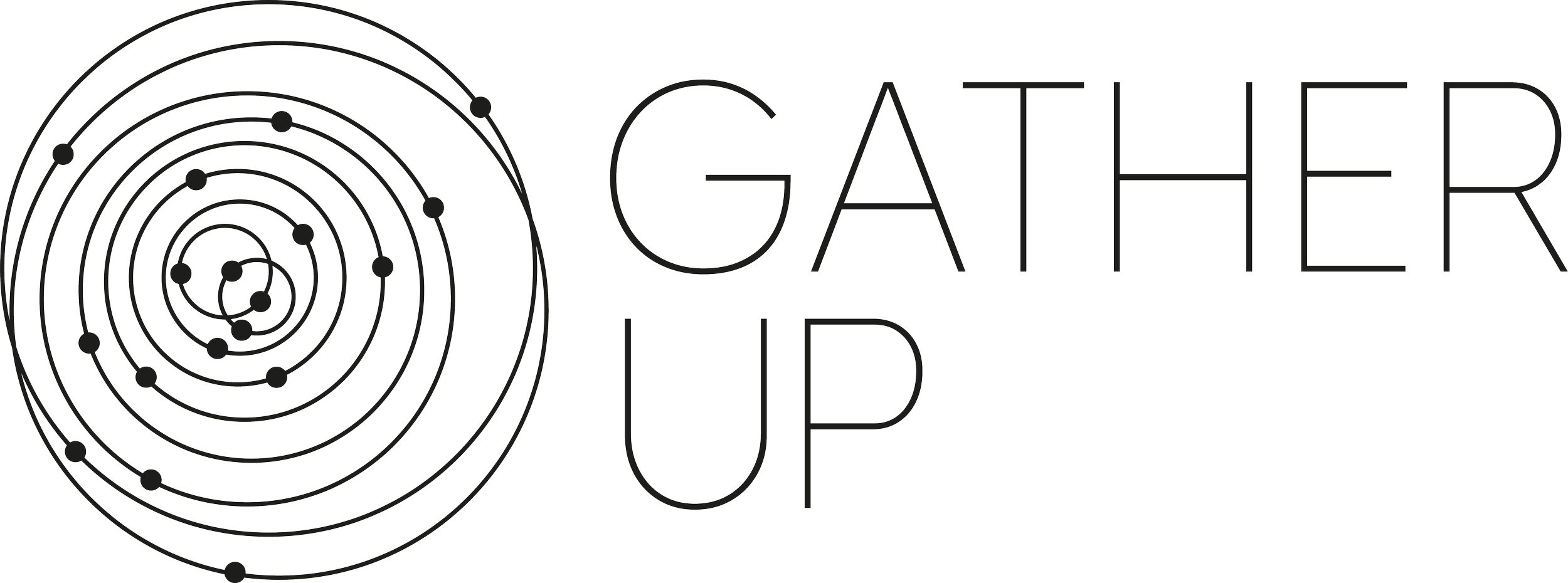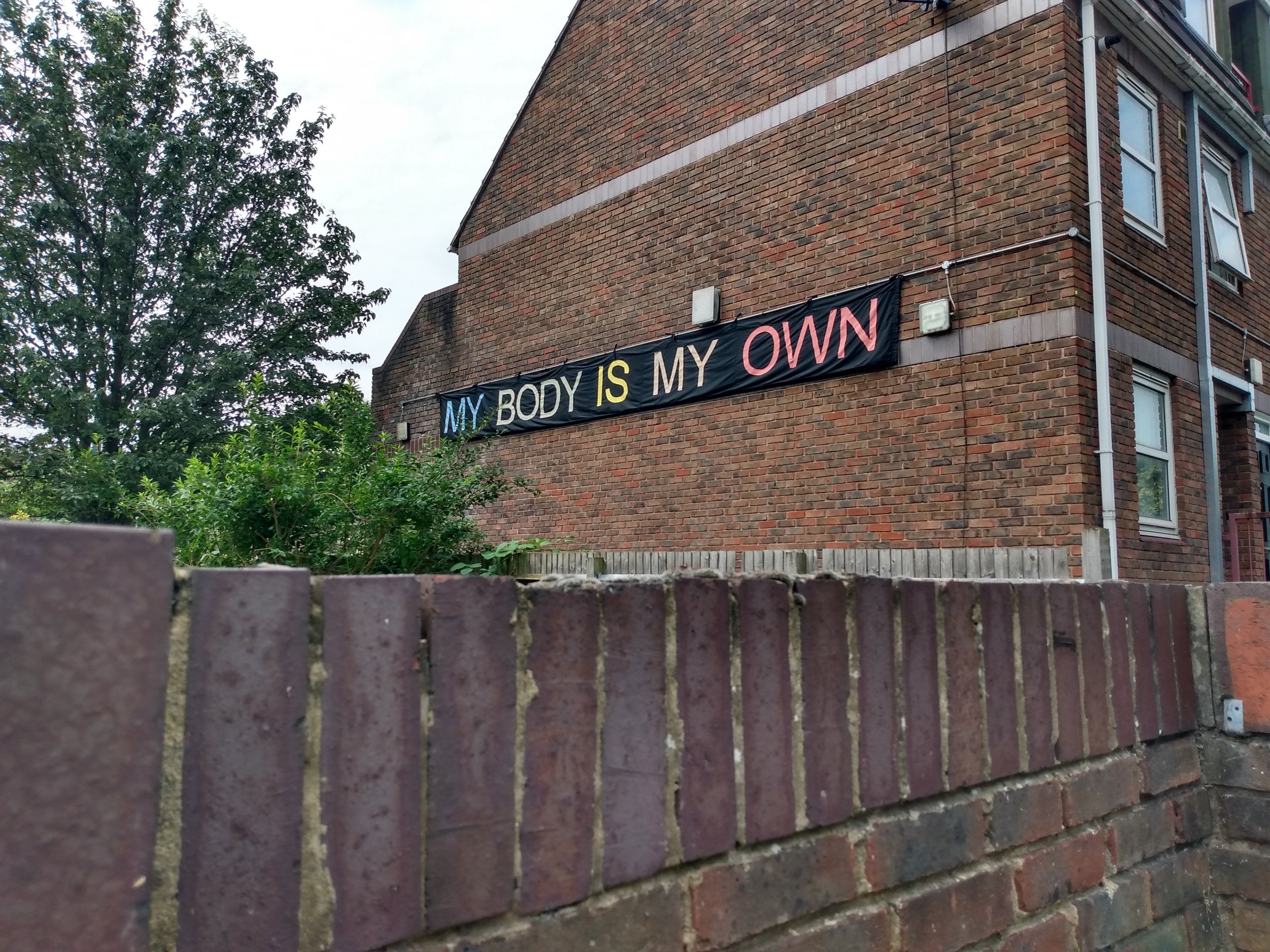Helena Webb in response to Charlie Morrissey's workshop - March 2023
16 dancers are moving together in pairs in the studio. They are exploring dancing together through being in physical connection through different areas of their body. One dancer is stood with their upper body folding over and the back of their head in contact with their partners right thigh. Another dancer is lying on the ground with their legs floating above the floor, with their partner lying on top of them, they are lifting them completely off the ground and their arms are outstretched to the side like flying wings and their feet are reaching up to the ceiling. Two dancers on beanbags in the corner of the studio are resting and witnessing the dancing.
One of the absolute delights of Charlie’s workshop was the full and rigorous commitment to play. Much is made of play; why do we stop doing it as adults? Isn’t it where the best bits of creativity live? Are we really so self-obsessed that we stop playing in case we look like fools? Well luckily, Charlie sets us up really well. He acknowledges the tiny tense awkwardness at the beginning of the session, reminding us to look for what we find interesting at every turn and offering up exercises with warmth and lightness.
The other favourite part of the workshop was my sudden realisation that this was the first time in years where a class with so much contact felt totally safe. I don’t mean covid-wise. As a person who has experienced a lot (what is a lot? Any? Average? Urrrgg burn the whole patriarchal system to the ground) of unwanted touch, I have become hyperaware of when it is introduced in a dance class. I was reminded of a class I went to, led by superstar Rosalind Crisp, early on in my career. I was working with someone and they clearly had their own agenda; pulling and directing my dance with their touch. I, as a young inexperienced dancer (fresh out of training that did nothing to address consent in dance), went along with this until Ros came over and stopped us working. She asked my partner if they had not been listening to her instruction and then reminded us both that the touch should be done with “feeble” hands and the toucher is merely a prop and resource for the mover. The mover holds all the agency in their dance. MEGA RELIEF.
So, after Charlie’s session I decided to focus my reflections on what he put in place that created such a trusting and safe space within which I could play.
Time for everyone to say what’s going on with their bodies- I don’t think Charlie explicitly asked us to say where we don’t want to be touched, it was looser than that. It gave me space to say I was pregnant in a practical way, no big deal, just don’t throw me across the room. Someone else asked us not to touch their turban unless initiated by them. It was practical info that supported greater trust further down the line.
Clear instruction- I loved the image he gave of the touchers hands settling on the mover like dust. It gives a lightness for sure but also something more about dust’s ambivalence to surface and its normalcy. Still, inanimate, nothing fancy.
Reminders that the mover was to be looked after- sometimes they had their eyes closed and the touchers job was just to make sure they didn’t head butt a wall or similar. This felt like it drew attention to the basics of care.
Balance between trusting the group and giving clear boundaries- Charlie held a delicate balance of saying out loud the boundaries and trusting that everyone in the room knows what is appropriate. One exercise had the toucher close their eyes and track the mover’s surfaces as they danced. Charlie lightly reminded us that although we were using our hands to guide us, we should still be aware of where was and wasn’t appropriate to touch. Even with eyes closed we know that a thigh eventually leads to an arse.
Total freedom to step out- Whenever you want, with no questions asked, no reasons necessary (This is something Gather Up are really good about highlighting at the beginning of all their sessions)
I’ve also been thinking about what is lost when we don’t use touch. Can I get the level of information, connection and awareness of sensation elsewhere? For sure I get lots of that from other dance practices and self-touch. Imagery helps a lot and focusing of breath. Listening with all our senses, as Charlie puts it, pulls my focus to connection both with my body; organs, skin, bones, flesh and those around me. It reminds me to sack the internal critic, which ends up being wholly more fruitful (and enjoyable).
I’m reminded of contexts I have worked where touch is prohibited. In prison, for example, when running a dance project at HMP Wormwood Scrubs I was instructed that any touch was off limits. So we tried out rolled up yoga mats, held end to end, between palms, to connect pairs and groups of dancers. The affect was immediate; the dancers were no longer thinking about what their dances looked like, but navigating this connection with another mover. And the sudden ability to move in and out of the floor smoothly was amazing! Would touch have worked any better here? Perhaps not with all the nervousness and performed macho-ness in the room.
Overall, this workshop reminded me of the level of skill involved in really great teaching. The flexibility needed, the lightness and the energy! Lots food for thought next time I am leading a group of any kind.
Black banner with pastel coloured letters hangs on the side of a block of flats. With brick wall in foreground and green foliage to the left. Banner reads "MY BODY IS MY OWN". Photo taken by Helena Webb.
Helena is a dancer, choreographer, movement and rehearsal director and teacher, newly based in Bristol. www.helenawebb.com
Charlie Morrissey is a director, choreographer, performer, teacher, and researcher who has been working in the field of performance for the last 30 years working in theatre, site-specific, gallery and museum contexts at a variety of scales.
http://www.charliemorrissey.com
https://www.wainsgate.co.uk/wainsgate-dances/


